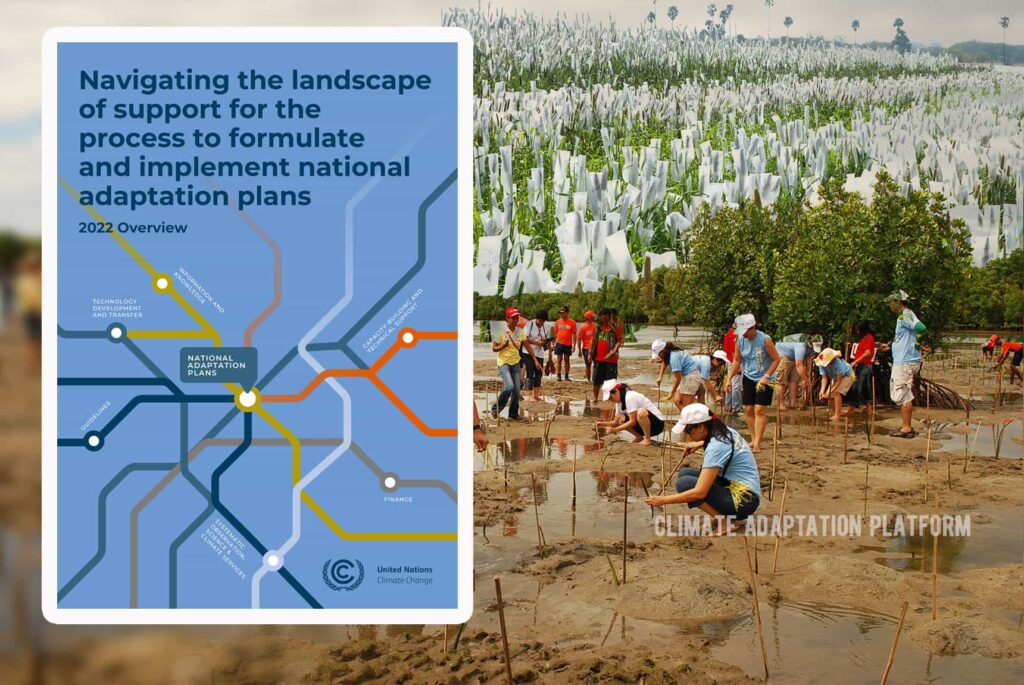The effects of climate change are already happening across the globe in the form of hefty rainfalls leading to catastrophic floods, lengthy droughts, record-breaking temperatures and heatwaves, stronger typhoons and hurricanes, and slow onset events.
These climate change impacts are projected to continue this century and beyond, with the most vulnerable and developing countries expected to suffer the brunt of the loss and damage it will cause.
Mitigating climate change impacts and the loss and damage it brings will require governments to drastically cut carbon emissions while at the same time creating plans to adapt to extreme weather events.
The UNFCCC’s “What do adaptation to climate change and climate resilience mean?” refers to climate adaptation as adjustments in ecological, social, or economic systems in response to actual or expected climatic stimuli and their effects or impacts. The UNFCCC article explains further:
- The solution takes many shapes and forms depending on the unique context of a community, business, organization, country, or region.
- There is no ‘one-size-fits-all-solution’—adaptation can range from building flood defences, setting up early warning systems for cyclones, and switching to drought-resistant crops to redesigning communication systems, business operations, and government policies.
The National Adaptation Plan (NAP) process is a meaningful way that countries can build their resilience to climate change impacts.
In 2010, the Convention of Parties (COP) of the UNFCCC established the process to formulate and implement national adaptation plans to enable countries to identify medium- and long-term adaptation needs and to develop and implement strategies and programmes to address those needs. It is a continuous, progressive, and iterative process that follows a country-driven, gender-sensitive, participatory, and fully transparent approach.
The UNFCCC publication, “Navigating the landscape of support for the process to formulate and implement national adaptation plans 2022“, provides an overview of the landscape of support available for adaptation and of the targeted programmes and initiatives that have been set up to facilitate the formulation and implementation of national adaptation plans (NAP).
It is structured around six different categories of support:
- Guidelines
- Systematic observation, science and climate services
- Information and knowledge
- Finance
- Capacity-building and technical support
- Technology development and transfer
It updates and complements the information in the Adaptation Committee’s report on “Navigating the landscape of support for the process to formulate and implement national adaptation plans,” published in 2015.
According to the publication, as the support needs of different countries at different stages of formulating and implementing NAPs vary and will continue to evolve, the landscape of available support will also adapt to those needs.
As of July 2022, there are 38 developing countries that have submitted a NAP to the UNFCCC secretariat.
Click the image below to read the entire publication:



Leave a Reply